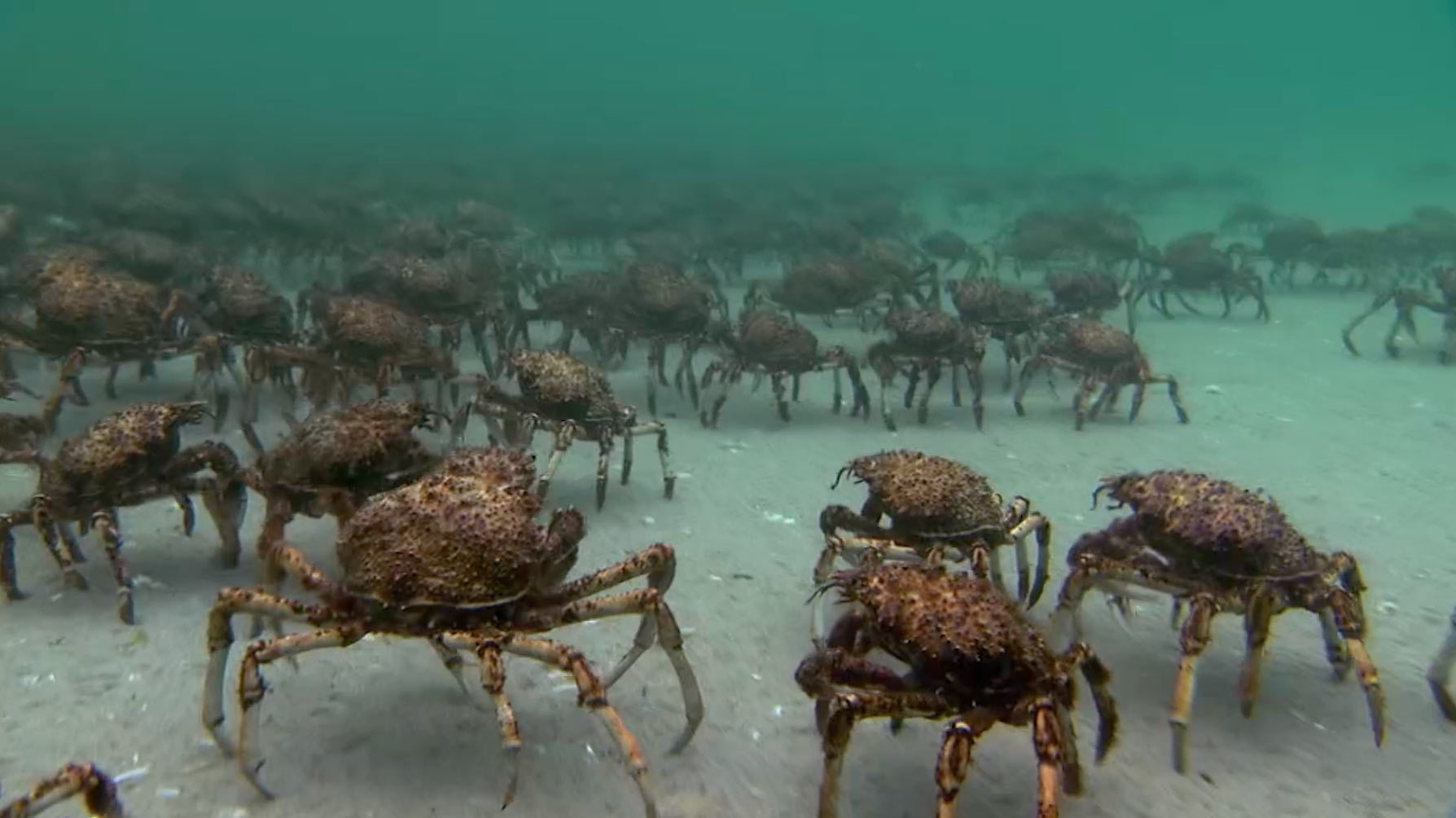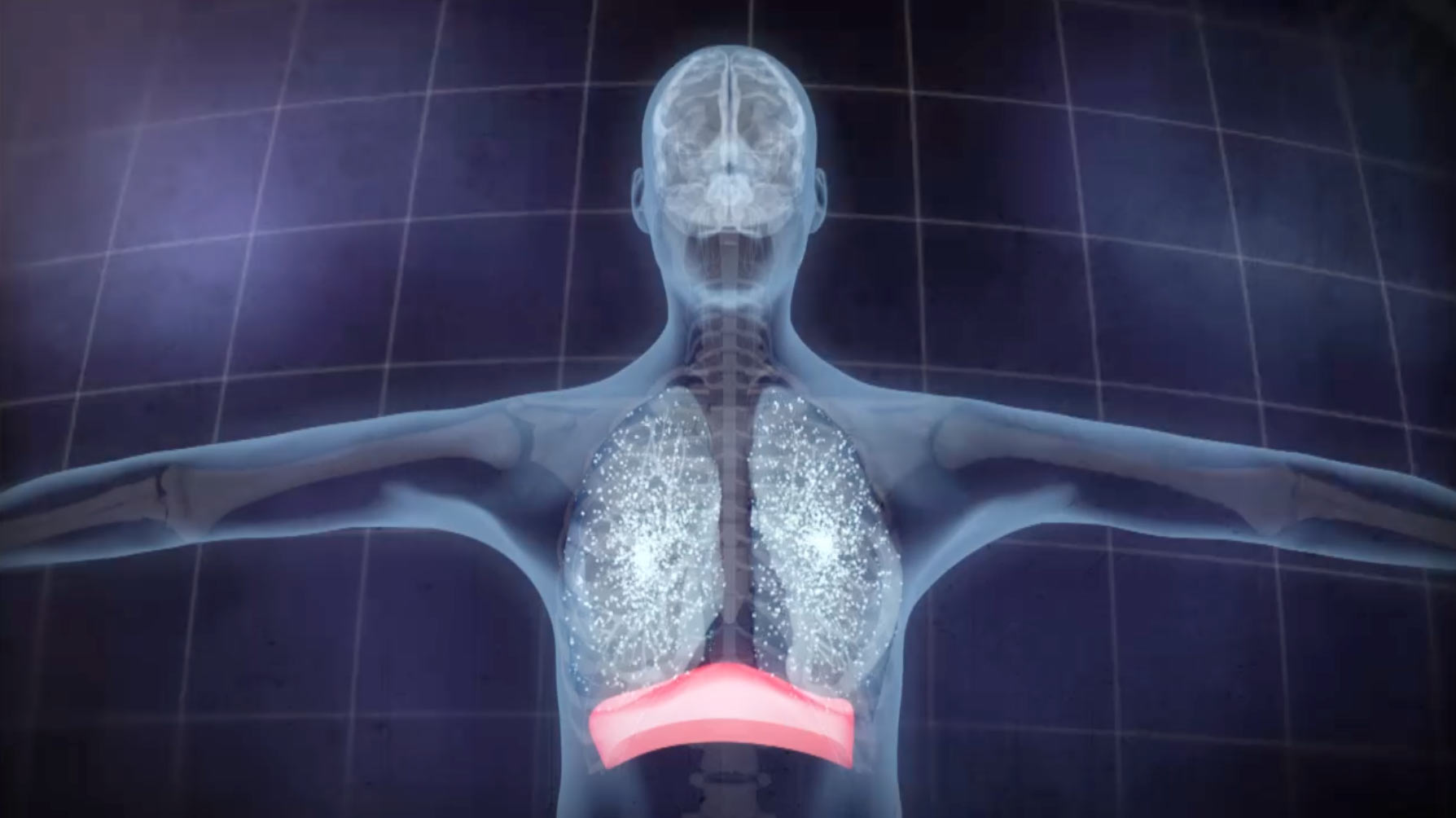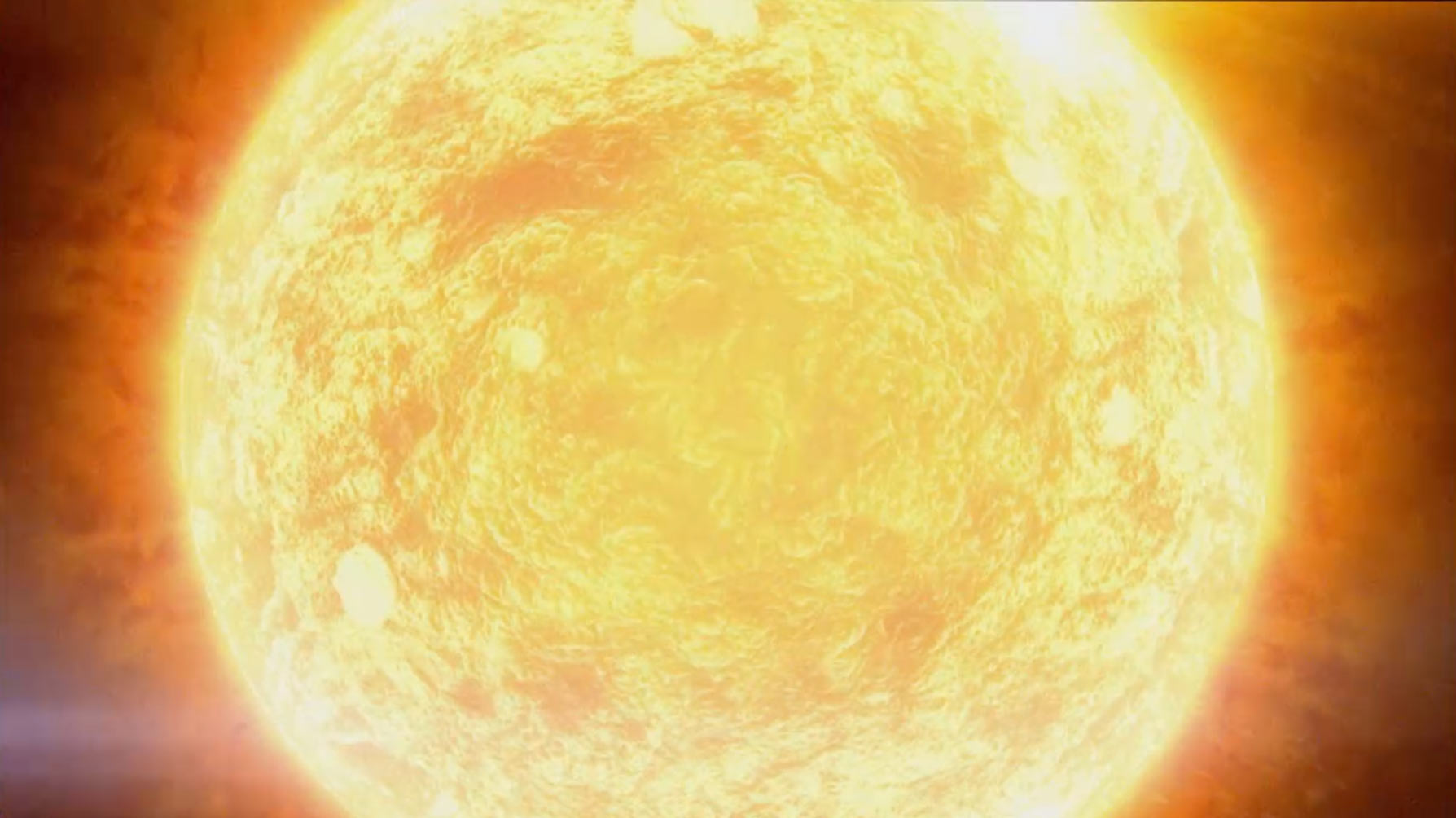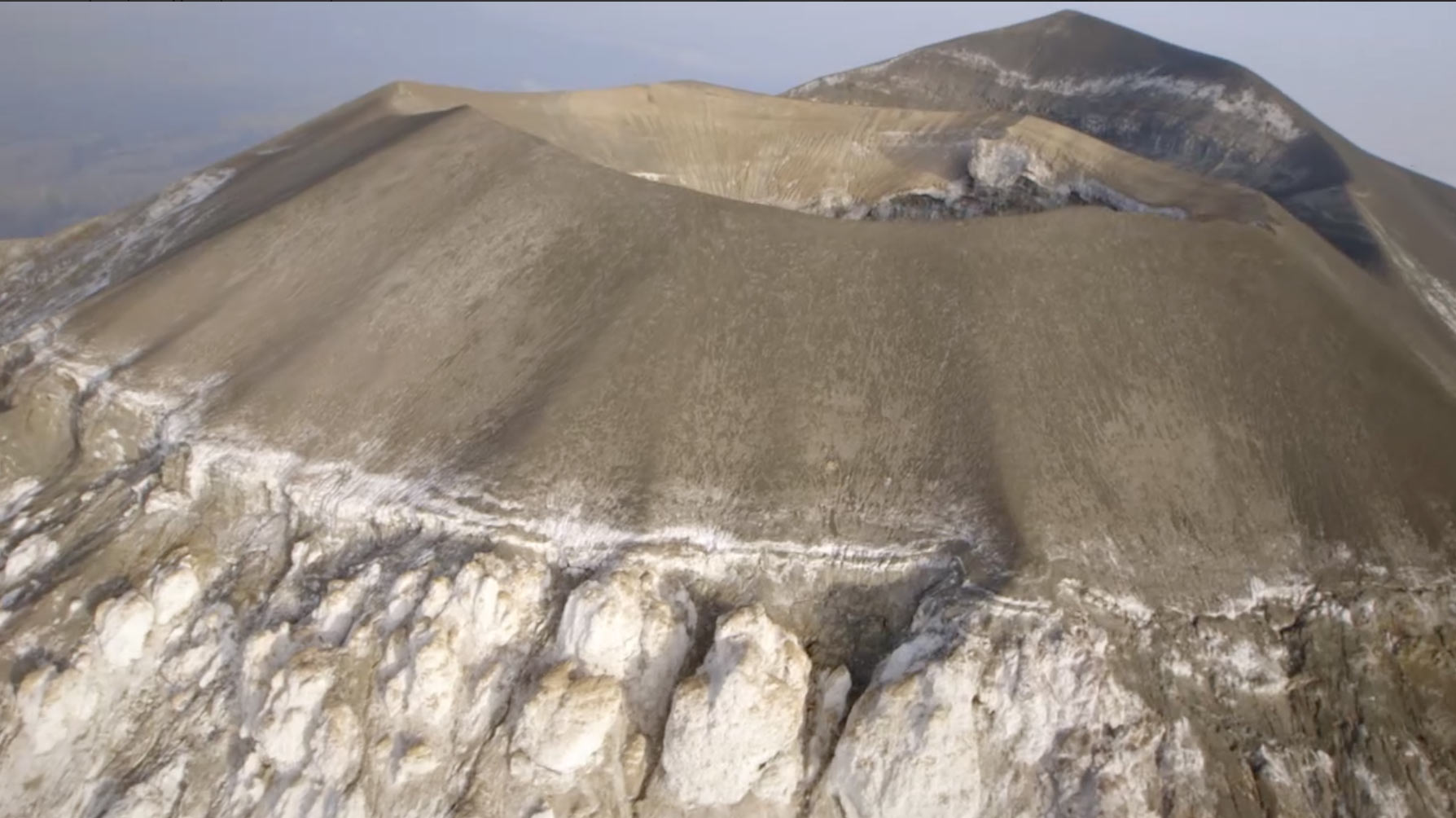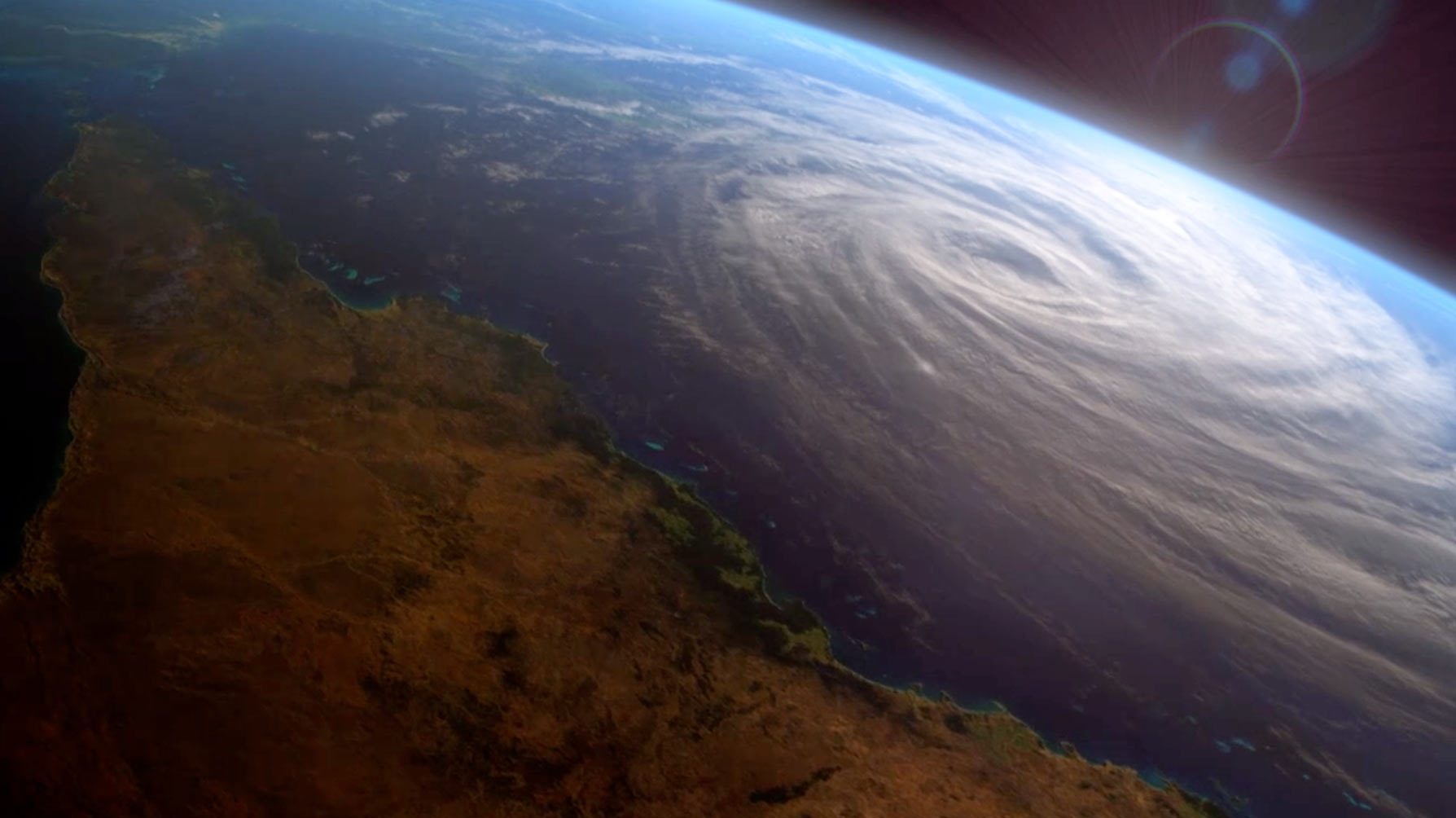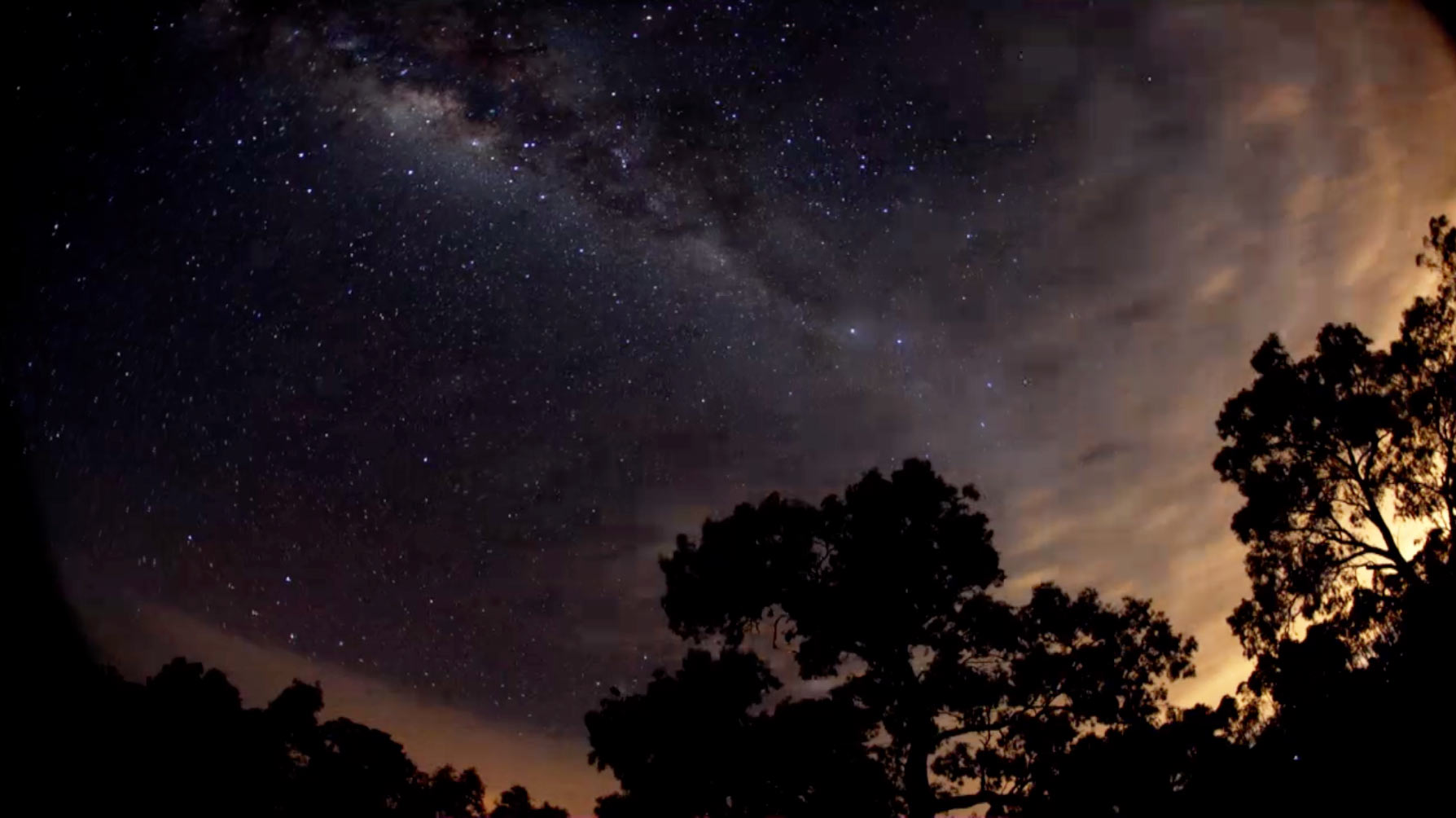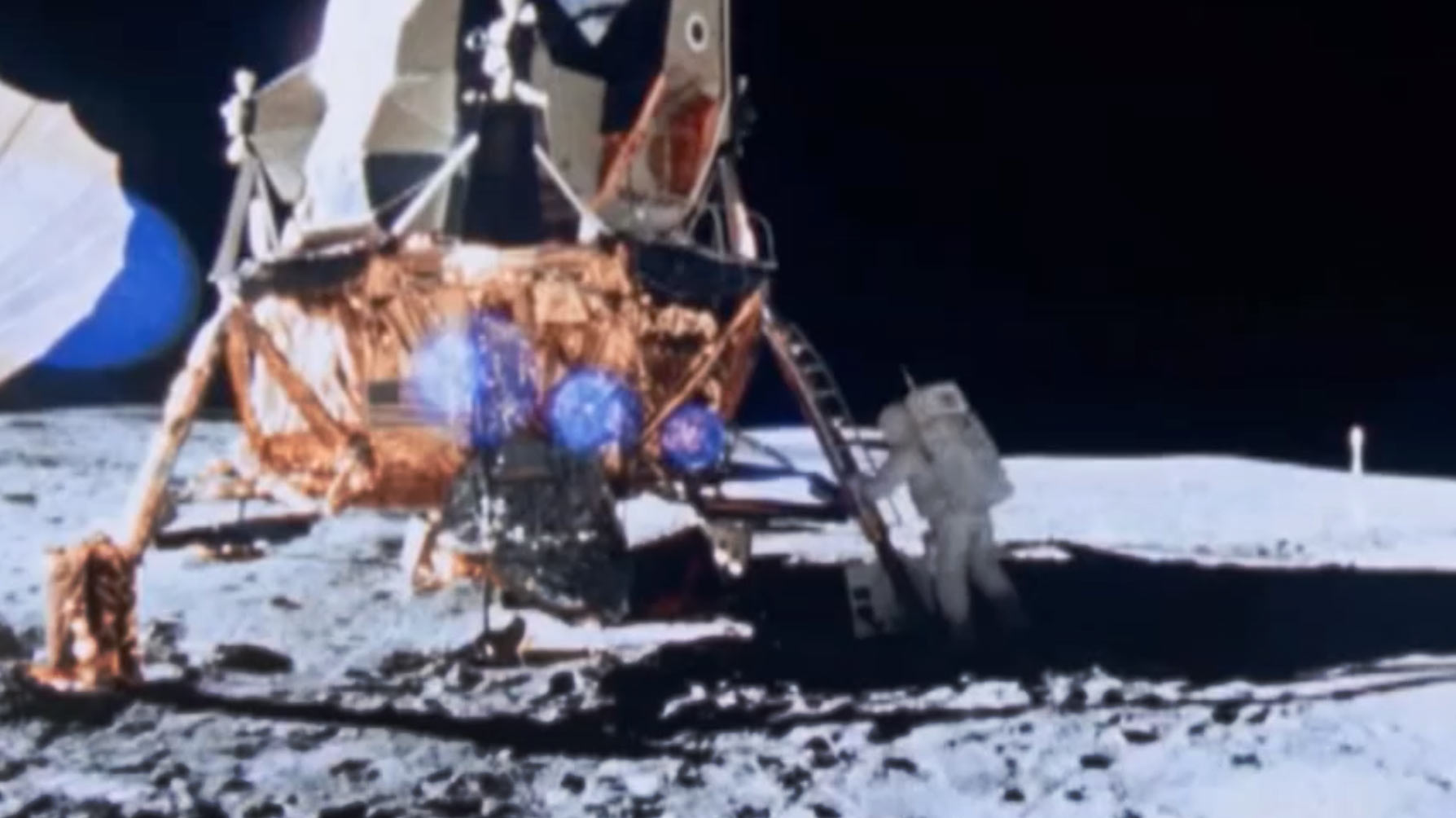INTRODUCING
STEMscopes STREAMING
BBC Learning and STEMscopes have partnered to bring you a new way to explore the world of phenomena. From the nation’s most popular STEM curriculum and the creators of Blue Planet I & II, Planet Earth I & II, Frozen Planet, and Hidden Kingdoms, STEMscopes Streaming contains world-class footage, news, behind-the-scenes photography, and integrated activities that engage your students with the world’s most awe-inspiring scientific phenomena.
PROVEN STEM CURRICULUM MEETS WORLD-CLASS STEM CONTENT
KEY FEATURES
Spark student-led discussion, empower the 21st Century skills, and support scientific argumentation.
DISCUSSION
QUESTIONS
WRITING
PROMPTS
HANDS-ON
EXTENSION
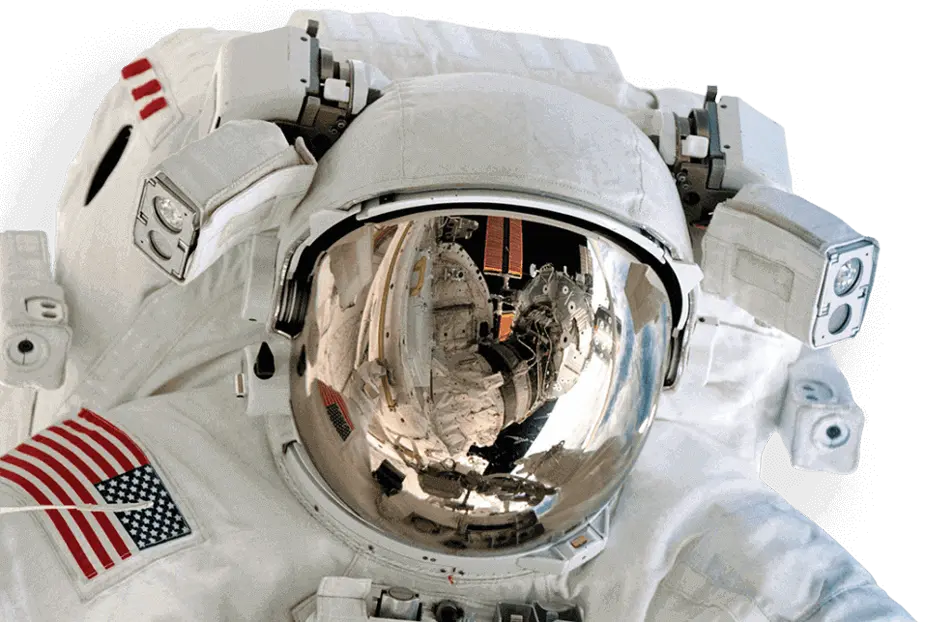
BENEFITS
- Enables multi-modality learning
- Offers various affordances of learning
- Frees up class time
- Minimizes disciplinary actions by capturing students’ attention
- More affordable than textbooks over time
- Keeps students up-to-date on current events
EXPLORE CONTENT
Connect students to the real world through captivating current content. Engage your classroom with thousands of video resources organized by topic and subcategory for quick access. All content comes complete with discussion questions, writing prompts, and hands-on extension activities.

Ignite inquiry with your students and empower teachers to bring the world
of curiosity into the classroom with STEMscopes Streaming.
